Emergence of Alternative Therapies
The vasomotor symptoms market is witnessing a notable shift towards alternative therapies as women seek holistic approaches to manage their symptoms. This trend is particularly pronounced in the GCC, where cultural attitudes towards traditional medicine are evolving. Options such as acupuncture, herbal supplements, and lifestyle modifications are gaining traction among women looking for non-pharmaceutical interventions. The increasing availability of these alternative therapies is likely to diversify the treatment landscape, providing women with more choices. As a result, the vasomotor symptoms market may experience growth driven by the integration of these alternative solutions alongside conventional treatments.
Focus on Women's Health Initiatives
The emphasis on women's health initiatives in the GCC is playing a crucial role in shaping the vasomotor symptoms market. Governments and health organizations are increasingly prioritizing women's health issues, leading to enhanced awareness and education about menopause and its associated symptoms. Campaigns aimed at destigmatizing menopause and promoting open discussions are likely to encourage more women to seek help for their vasomotor symptoms. This heightened focus on women's health can lead to increased funding for research and development of new treatments, thereby fostering innovation within the vasomotor symptoms market.
Expansion of Healthcare Infrastructure
The enhancement of healthcare infrastructure in the GCC countries is contributing to the growth of the vasomotor symptoms market. Governments are investing heavily in healthcare facilities, which facilitates better access to treatment for women experiencing vasomotor symptoms. For instance, the establishment of specialized clinics and the availability of trained healthcare professionals are crucial for diagnosing and managing these symptoms effectively. As healthcare access improves, more women are likely to seek treatment, thereby driving market growth. The vasomotor symptoms market stands to benefit from this trend, as increased healthcare accessibility can lead to higher rates of diagnosis and treatment adherence.
Increasing Prevalence of Menopausal Symptoms
The rising incidence of menopausal symptoms among women in the GCC region is a primary driver for the vasomotor symptoms market. As the population ages, the number of women experiencing vasomotor symptoms, such as hot flashes and night sweats, is expected to increase. Reports indicate that approximately 75% of women undergoing menopause experience these symptoms, which can significantly impact their quality of life. This growing prevalence necessitates effective treatment options, thereby expanding the market for therapies aimed at alleviating these symptoms. The vasomotor symptoms market is likely to see a surge in demand for both pharmaceutical and non-pharmaceutical interventions as awareness of these symptoms increases among healthcare providers and patients alike.
Rising Demand for Hormone Replacement Therapy (HRT)
The growing acceptance and demand for hormone replacement therapy (HRT) among women in the GCC is a significant driver for the vasomotor symptoms market. HRT has been shown to effectively alleviate vasomotor symptoms, and as more women become informed about its benefits, the market for HRT products is likely to expand. Recent studies suggest that the use of HRT can reduce the frequency and severity of hot flashes by up to 80%. This increasing demand for HRT not only reflects a shift in attitudes towards menopause management but also indicates a broader trend towards personalized healthcare solutions in the vasomotor symptoms market.


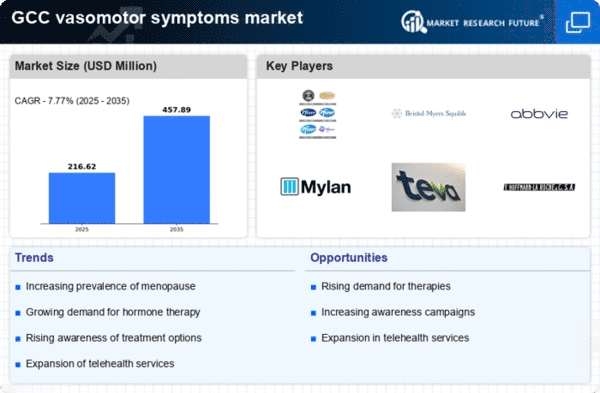
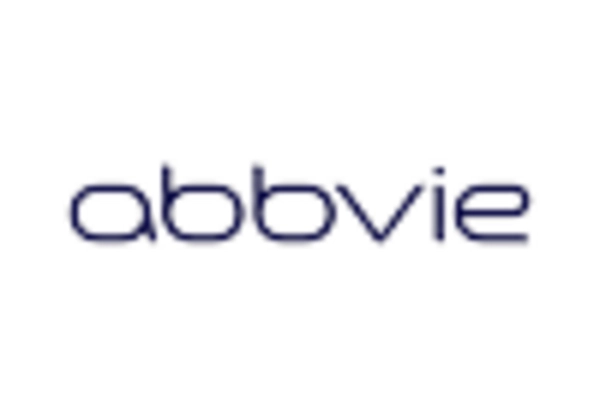
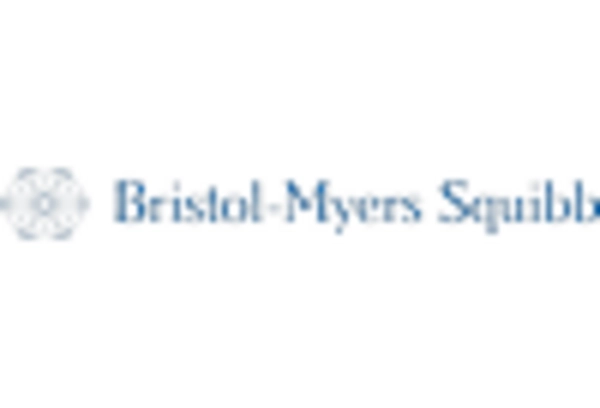
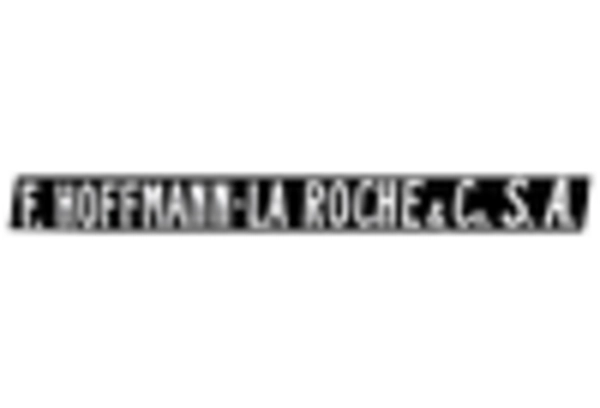

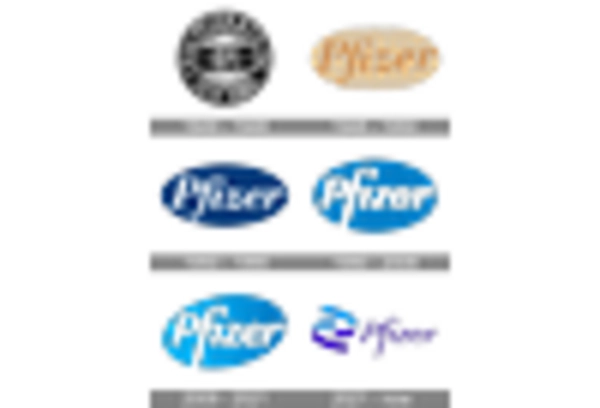
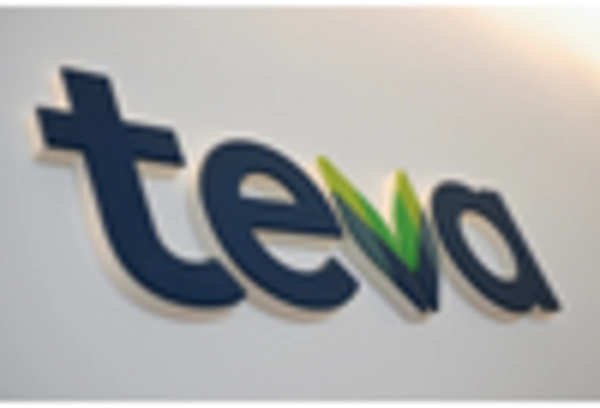








Leave a Comment